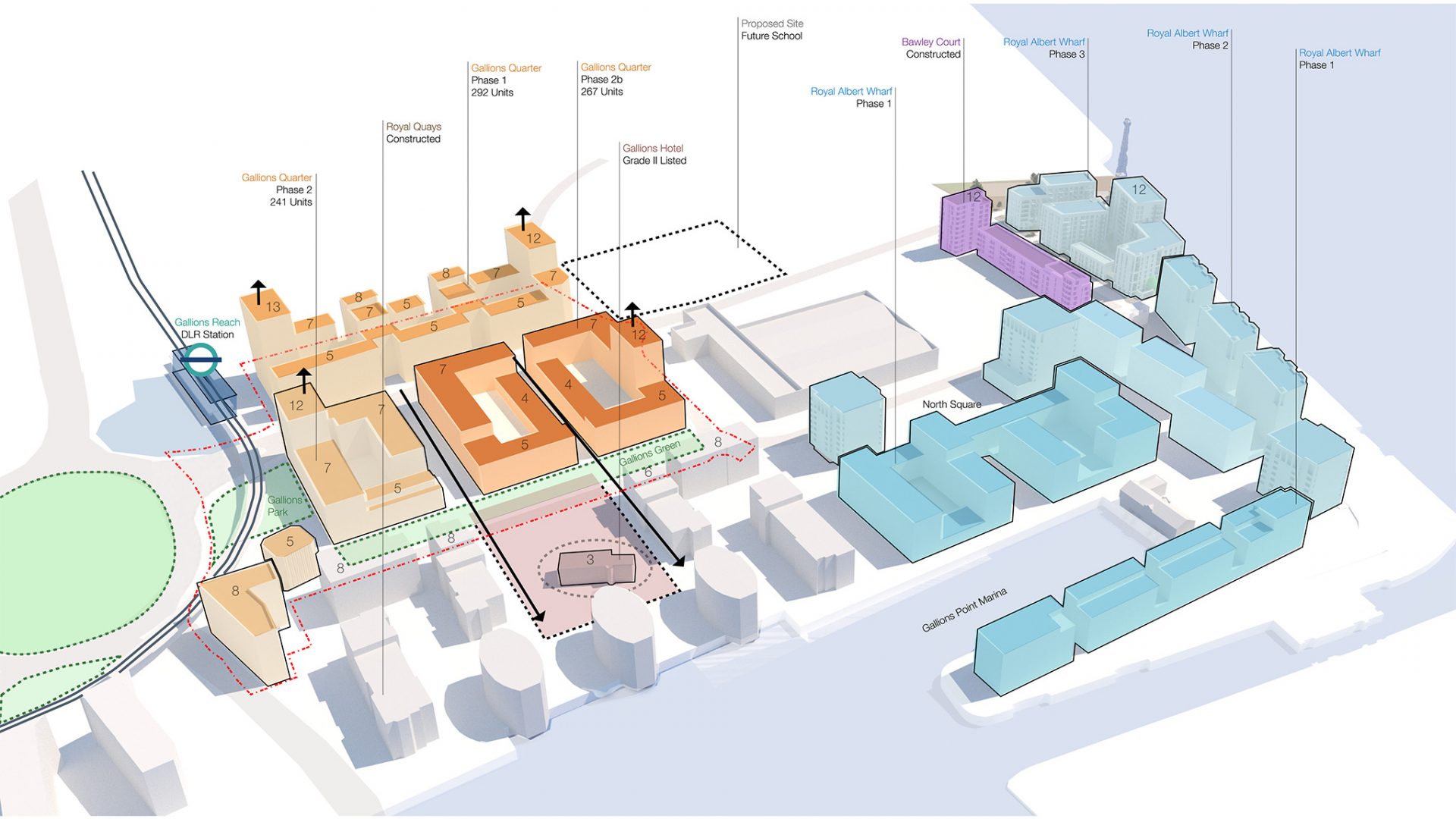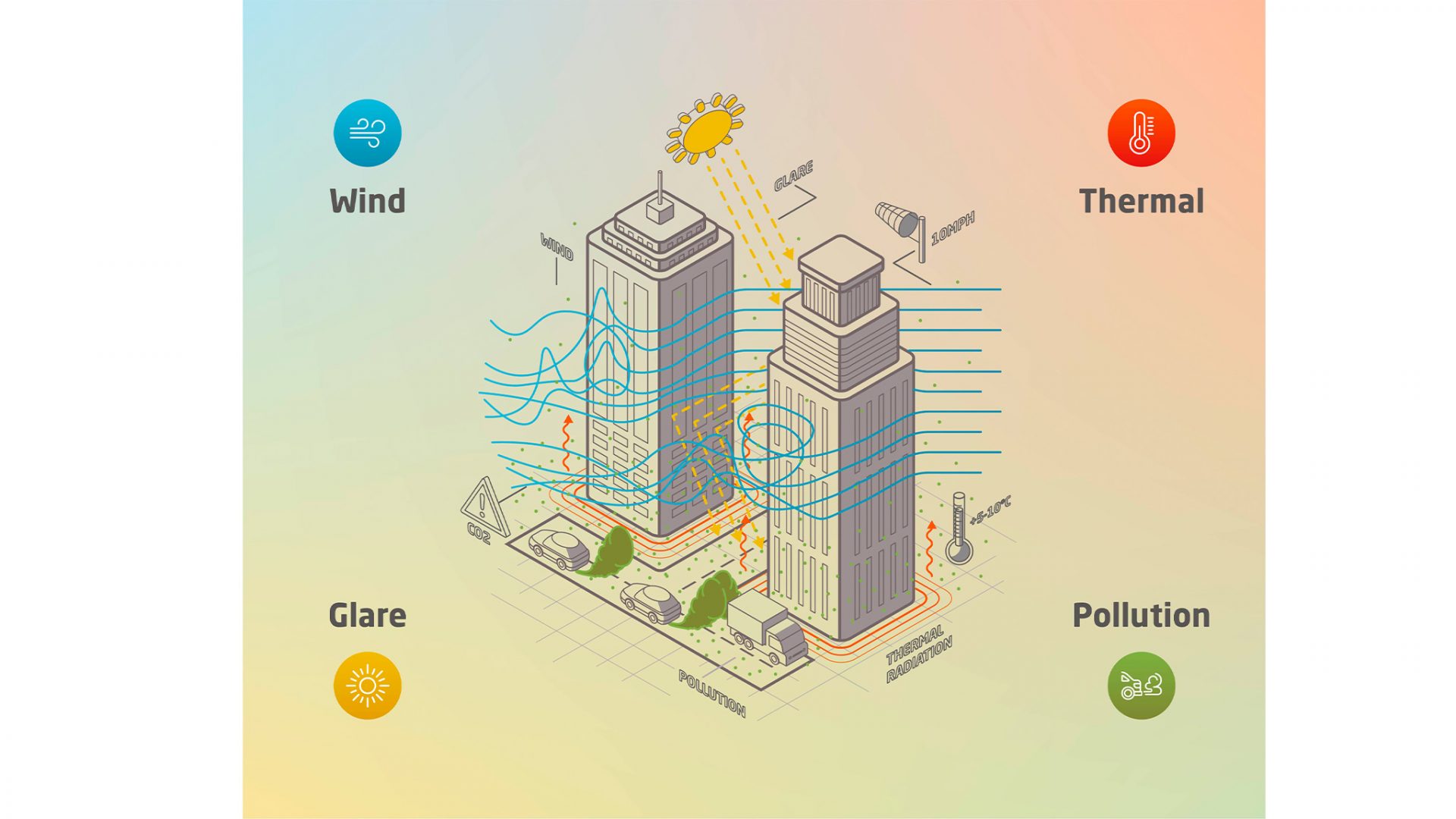Manijeh Verghese, Head of Public Engagement at the Architectural Association, is a member of the LFA's 2021 Curatorial Panel. In this essay she shares her interpretation of our 2021 theme of 'care'.

What would it mean to design society around the principle of Care rather than profit, efficiency, productivity or speed? What new value systems and priorities are needed to bring this about, and what new spaces and forms of practice would need to be imagined?
Over the past year where so much has changed in the world around us, including but not limited to Covid-19, from the pressure on our healthcare systems to the closure of small businesses, the Black Lives Matter movement and other protests that have highlighted inequality and systemic injustice in multiple ways, or the ongoing climate emergency that threatens the future of life on this planet, it seems like a shift towards a more caring model for how we operate is not just required but much overdue.
But what does care mean in the context of architecture? Is it rethinking the way we work on projects, establishing better labour conditions and not compromising on the value of the service we provide? Or is it getting involved in projects earlier to help with the writing of better briefs rather than just fulfilling them, to ensure we don’t manifest inequality in our designs? Is it thinking about who has access to spaces and how they are used or ways in which we can involve different stakeholders in how their spaces should be designed? Is it finding new ways to design that don’t polarise the interests of the individual against the world around them but instead builds relationships between ourselves, our communities and the natural world? The answer doesn’t seem to be straightforward. There are clearly multiple forms of care that need to be developed to respond to current crises on multiple fronts, which is why care immediately stood out as the theme for London Festival of Architecture 2021. It is a word that cuts to the core of the complex issues that have been at the forefront of what the world has been grappling with over the past year, whose roots stretch back in time and whose impact will be felt for years to come.
Architecture as a discipline doesn’t care enough. From the defensive architecture we build within our cities to the aggressive design of street furniture and the urban realm that dictates how we can behave in public space. The disappearance of important community spaces and civic infrastructure of libraries and youth centres along the High Street due to a lack of investment and care in not just how they are funded and managed but also in how they are forgotten in the design of masterplans and new developments. Some examples that we discussed as a curatorial panel to manifest the need for care-driven architecture included the controversial development by Henley Homes in South London a few years ago where social housing residents were unable to access a shared playground that was accessible to those living in private and shared ownership flats in the same complex. Children that were friends in the same set of buildings were unable to play together because the designs for the development were changed following planning permission to block access to the playspace for certain flats and residents in what was marketed as an inclusive and family-oriented project. Even worse than this is the tragedy of Grenfell Tower, echoing Ronan Point nearly 50 years before it, which shows the most extreme consequences of a lack of care when it comes to the design and construction of buildings.
Care is an easy word to use but much harder to translate into action. While Covid-19 has highlighted so many existing inequalities in society in addition to creating new ones, it has changed the pace at which we, as a society, react to long-standing issues. These include issues of race, income, access to services and public space, or even who can participate in the design of cities from young people to the elderly, or any marginalised group, to name a few. Homelessness is one example, where at the start of lockdown last year, rough sleepers were up by a third in London in comparison to the previous year according to analysis by the London Assembly. But during the peak of the first lockdown, more than 1,000 homeless people were moved off the streets and out of communal shelters to be rehomed in vacant hostel and hotel rooms. The Mayor’s Office is now trying to find long-term solutions to rehome these individuals. The speed at which solutions were found shows that change is possible but should it take a global health crisis to do something about it?
“We need to remember that the concept of going back to normal only makes sense if normal was good…” explained Mariana Mazzucato, Professor of Economics at UCL, when speaking in May 2020 on how to reimagine the economy after Covid-19. In this talk she described how essential it was to develop imaginative and creative ways to invest across the public and private sectors in order to reimagine a more just and equitable society. She asks how we can learn from the mistakes following the 2008 financial crisis where the market was flooded with liquidity which in turn only benefited the financial markets rather than any of the other sectors affected. This time around countries like Denmark and France are already making bail-out packages conditional on companies using that money to set up initiatives that benefit society or address climate change, which she describes as “investing and innovating towards a better world.” Perhaps a positive outcome of this global pandemic should be to break with the past and invent new models for care in a world that is too often careless. I look forward to seeing the events, installations, projects, and systems that will be proposed for LFA 2021, each interrogating what care really means to change how we practice as citizens, as architects, as a profession and as a community.






